The Neo-Classical style National Museum of Natural History, administered by the Smithsonian Institution, is a natural history museum dedicated to maintaining and preserving the world’s most extensive collection of natural history specimens and human artifacts.
It fosters significant scientific research and produces educational programs and exhibitions that present the work of its scientists to the public. Its facilities include the Museum Support Center (Suitland, Maryland), a marine science center in Fort Pierce (Florida) and field stations in Belize, Alaska and Kenya.
Here are some interesting trivia regarding the museum:
- It has the largest natural history collection in the world, with over 146 million specimens of human remains, human cultural artifacts, plants, animals, fossils, minerals, rocks and meteorites. They include 30 million insects, 4.5 million plants preserved in the Museum’s herbarium, 7 million fish (stored in liquid-filled jars) and 2 million cultural artifacts (400,000 of which are are photographs housed in the National Anthropological Archives). Through an off-site active loan and exchange program, the museum’s collections can be accessed. Around 3.5 million specimens are out on loan every year and the rest of the collections not on display are stored in the non-public research areas of the museum and at the Museum Support Center.
- It is the third most visited museum in the world
- The museum on was one of the first Smithsonian buildings constructed exclusively to hold the national collections and research facilities.
- It is the most visited natural history museum in the world
- It is the most visited museum (of any type) in North America.
- With 8 million visitors in 2013, it is the most visited of all of the Smithsonian museums
- The main building has an overall area of 122,632 sq. m. (1,320,000 sq. ft.) with 30,200 sq. m. (325,000 sq. ft.) of exhibition and public space.
- The building, as part of the 1901 McMillan Commission plan, was the first structure constructed on the north side of the National Mall
- The structure cost US$3.5 million (about US$85 million in inflation-adjusted 2012) dollars.
- It houses 415 full time employees
- It is also home to about 185 professional natural history scientists, the largest group of scientists dedicated to the study of natural and cultural history in the world.
- It is only one of about six museums in the United States that has a T. rex skeleton.
- Research in the museum is divided into seven departments: mineral sciences, anthropology, botany, entomology, invertebrate zoology, paleobiology and vertebrate zoology.
Here’s the historical timeline of the museum:
- In 1846, the United States National Museum, initially housed in the Smithsonian Institution Building (better known today as the Smithsonian Castle) was founded as part of the Smithsonian Institution.
- In 1858, a formal exhibit hall opened.
- On June 28, 1902, due to its growing collection, Congress authorized construction of the new National Museum Building (known today as the Arts and Industries Building), covering a then-enormous 9,100 sq. m. (2.25 acres) and built in just 15 months at a cost of US$310,000.
- On March 1881, the National Museum Building was opened.
- On January 29, 1903, in order to provide the Smithsonian Institution with more space for collections and research, a special committee (composed of members of Congress and representatives from the Smithsonian’s board of regents) published a report asking Congress to fund a much larger structure than originally planned.
- On March 1903, the regents began considering sites for the new building
- On April 12, 1903, they settled on a site on the north side of B Street NW between 9th and 12th Streets. The D.C. architectural firm of Hornblower & Marshall was chosen to design the structure.
- On July 1903, testing of the soil for the foundations.
- On March 17, 1910, the Natural History Building (as the National Museum of Natural History was originally known) opened its doors to the public.
- On June 1911, the building was fully completed.
- In 1997, Kenneth E. Behring donated US$20 million to modernize the museum.
- On November 2003, the museum opened the US$100 million Behring Hall of Mammals
- In 2004, the museum received US$60 million for the Sant Hall of Oceans and received a US$1 million gift from Tiffany & Co. for the purchase of precious gems for the National Gem Collection.
- In June 2008, the Victoria and Roger Sant family donated US$15 million to endow the new Ocean Hall at the museum.
- On August 2009, in celebration of the 50th anniversary of its acquisition of the Hope Diamond, the gemstone was given its own exhibit and a new setting
- In March 2010, the museum opened its US$21 million human evolution hall.
- On March 2012, the museum received a US$35 million gift to renovate its Dinosaur Hall.
We entered the museum from the National Mall side. At the Rotunda, we were greeted by the 8 ton, 14 ft. tall male African bush elephant (Loxodonta africana) named Henry (at that time was the world’s largest land mammal on display in a museum), an iconic centerpiece installed here since 1959. It was donated to the Smithsonian by Josef J. Fénykövi. Fénykövi, a Hungarian big-game hunter who, in November 1955, tracked the elephant in the Cuando River region of southeastern Angola.
This museum has 3 floors, but only 2 really have exhibits. At the north lobby entrance (Constitution Ave.), there is a Tyranosaurus rex skull, an intriguing Easter Island stone figures or moai (one of two acquired in 1888, one a complete statue, the other a head), probably one of the most photographed objects in the museum.
Near a staircase is the 19th century Tsimshian Totem Pole from the from Fort Simpson, British Columbia, at the American Northwest Coast, in 1876.
The David H. Koch Hall of Human Origins, opened on March 17, 2010 (the museum’s 100th anniversary), is “dedicated to the discovery and understanding of human origins.” Named for David H. Koch (who contributed US$15 million to the $20.7 million exhibit), it occupies 1,400 sq. m. (15,000 sq. ft.) of exhibit space at the first floor.
This permanent exhibition focuses on the epic story of how the human species evolved over 6 million years, adapting and surviving during an era of dramatic climate change.
It features more than 285 early-human fossils and artifacts, lifelike full-size reconstructions of several hominid species and 23 interactive experiences, including a morphing station where visitors can see what they would look like as early humans.
Specimens include 75 replica skulls and an interactive human family tree that follows six million years of evolution. The Changing the World Gallery focuses on issues surrounding climate change and humans’ impact on the world.
The What Does It Mean To Be Human Exhibit, designed by Reich + Petch, is the Hall’s core concept idea. It focuses on milestones of Human Evolution (Walking Upright, Bigger Brains, Creating a World of Symbols, etc.). It also covers the Smithsonian’s significant research on the geological and climate changes which occurred in East Africa during significant periods of Human Evolution.
The exhibit highlights an actual fossil Neanderthal and replicas created by John Gurche, a famed Paleo artist. The exhibit also provides a complementary web site (which provides diaries and podcasts directly from related fields of research) and a Companion Book, What Does It Mean To Be Human (written by curator Richard Potts and Christopher Sloan).
The multi-award-winning Kenneth E. Behring Family Hall of Mammals, a permanent first floor exhibition designed by Reich + Petch, represents the oldest exhibition in the National Museum of Natural History. It has the largest collection of vertebrate specimens in the world (nearly twice the size of the next largest mammal collections), including historically important collections from the 19th and early 20th centuries. Its collection, initiated by C. Hart Merriam, was expanded in the 1890s-1930s by the U.S. Department of Agriculture (later the Department of the Interior).
It tells the story of mammal evolution across 225 million years, with more than 274 meticulously preserved specimens on permanent display, classified by continent and habitat. They include a koala, hippopotamus, gorilla, the tiny Spix’s disk-winged bat, the massive walrus, the familiar Eastern gray squirrel, the rare okapi, a white rhinoceros (collected by U.S. President Theodore Roosevelt in 1909) and a short-beaked echidna (one of only five species of monotremes, or egg-laying mammals). There’s also a bronze recreation of Morganucadon oehleri, the earliest-known mammal, which lived 210 million years ago.
Designed with families in mind, its mammal specimens are presented as works of modern art within strikingly minimal environmentals. Here, we discovered mammal’s evolutionary adaptions to hugely diverse contexts, and ultimately discovered that they too are mammals.
The hall includes four discovery zones with hands-on activities that help visitors explore an array of mammal adaptations and habitats around the world. An 8-minute film at the Evolution Theater surveys the mammal family tree and the vast changes its members have been through in the past 225 million years.
The 23,000 sq. ft. Sant Ocean Hall, the largest renovation of the museum since it opened in 1910, was named for the Roger Sant family, who donated US$15 million to endow the new hall and other related programs. Opened on September 27, 2008, this hall includes 674 marine specimens and models drawn from the over 80 million specimens in the museum’s total collection, the largest in the world.
This one-of-a-kind interpretive, permanent exhibition, at the first floor, demonstrates how the ocean is intrinsically connected to other global systems and the daily lives of people around the world.
The collection includes: a real, life-size, coelenterate-long North Atlantic Right Whale named Phoenix (who scientists have been tracking since her birth in 1987), a 1,500-gallon aquarium, one female giant squid displayed in the center of the hall and a male displayed off to the side, an adult coelenterate, a Basilosaurus cetoides and 3 skeletons of ancient whale relatives (one of which had legs).
At the Ocean Explorer Theater, we watched a short film inviting visitors to explore the multitude of life that thrives two miles below the surface on board Alvin, a deep-ocean submersible. We also watched an innovative video presentation of global ocean data projected on a 6-ft. diameter sphere.
Other exhibits include bubblegum coral (the largest-known deep sea coral, named for its bright pink color and gumball-like branch tips), a massive fossilized jaw of C. megalodon (a gigantic shark that prowled the ocean between 2.6 and 23 million years ago), carpet anemone, a snapping shrimp, a long-spined sea urchin plus 21 other species in the living Indo-Pacific coral reef.
The African Voices exhibit and associated website “examines the diversity, dynamism, and global influence of Africa‘s peoples and cultures over time in the realms of family, work, community, and the natural environment.”
This permanent first floor exhibit includes historical and contemporary objects from the museum’s collection and commissioned sculptures, textiles, and pottery. Video interactives and sound stations provide selections from contemporary interviews, literature, proverbs, prayers, folk tales, songs and oral epics.
The 20,000 sq. ft. Janet Annenberg Hooker Hall of Geology, Gems and Minerals, at the second floor, is one of the most significant collections of its kind in the world.
This permanent exhibition currently houses over 15,000 individual gems in the collection, as well as 350,000 minerals, 300,000 samples of rock and ore specimens and approximately 35,000 meteorites (which is considered to be one of the most comprehensive collections of its kind in the world).
It showcases the most famous pieces of gems and minerals in the collection include the Hope Diamond (donated in 1958 by Harry Winston), the Star of Asia Sapphire (one of the largest sapphires in the world) and the Gachalá Emerald, one of the world’s largest, at 858 carats (172 g.)
It also encompasses re-created mines and galleries that present important research in mineral chemistry and physics; plate tectonics, seismology and the study of volcanoes; and planetary science.
The specimens are augmented by two dozen interactive computer presentations and videos, large panels of stunning artwork, and a real-time display of global earthquake data.
Some its most important donors, besides Janet Annenberg Hooker, are Washington A. Roebling (the man who built the Brooklyn Bridge) who gave 16,000 specimens to the collection; Frederick A. Canfield, who donated 9,000 specimens to the collection; and Dr. Isaac Lea, who donated the basis of the museum’s collection of 1312 gems and minerals.
The O. Orkin Insect Zoo, a permanent second floor exhibition sponsored by Orkin (a pest control company), offers visitors a variety of exhibits about insects, plenty of hands-on activities and entomologists and features live insects as well as daily tarantula feedings.
Different habitats have been created to show the type of insects that live in different environments and how they have adapted to a freshwater pond, house, mangrove swamp, desert and rain forest.
The Osteology: Bone Hall, the oldest exhibition in the National Museum of Natural History, displays almost 300 vertebrate skeletons grouped by their evolutionary relationships.
This permanent second floor exhibition highlights the diversity and unity of every major group of vertebrates, supporting ideas of evolution and common ancestry.
The diversity and unity of every major group of vertebrates is highlighted, supporting ideas of evolution and common ancestry.
The Eternal Life in Ancient Egypt Exhibit, at the second floor, West Wing, showcases more mummies than have been on display at any time in the museum’s history. The exhibition combines rare artifacts and cutting-edge research tools to illuminate how Smithsonian scientists have pieced together the lives of ancient Egyptians through their burial practices and rituals in preparation for their eternal life.
The Butterflies + Plants: Partners in Evolution, an exhibit at the second floor (off the Rotunda, above the Mammals Hall) designed by Reich + Retch, innovatively combines a traditional exhibition with experiential learning provided by the live Butterfly Pavilion. It allows “visitors a rare, up-close look at living butterfly and plant specimens, observing the many ways in which butterflies and other animals have evolved, adapted, and diversified together with their plant partners over tens of millions of years.”
Learning About Elephants, a learning station (added in the mid-2000s) on the second floor balcony, overlooking the “Fényköv Elephant” in the Rotunda, teaches the public about these endangered land mammals and their habitat, an important way to build support for their conservation.
The 30-year-old, 2,300 sq. m. (25,000 sq. ft.) Dinosaur and Fossil Hall was closed (since spring of 2014) during our visit as it was then undergoing a US$45 million (US$35 million of which was donated by billionaire David H. Koch on May 2012) upgrade (the largest, most extensive exhibition renovation in the museum’s history) and was anticipated to reopen in 2019. “The Last American Dinosaurs: Discovering a Lost World,” a temporary exhibit, was opened last November 25, 2014 and will end upon the completion of the museum’s newly renovated dinosaur and fossil hall.
Check out “The Last American Dinosaurs: Discovering a Lost World“
It consists of 46 “complete and important specimens” of fossilized skeletons and cast models of dinosaurs, including casts of a Tyrannosaurus rex facing a Triceratops. The Triceratops exhibit, showing the first accurate dinosaur skeleton in virtual motion, was achieved through the use of scanning and digital technology. Its centerpiece is the 11 m. (35-ft.) long, 85% complete skeleton of “Wankel” or “Devil” rex, the first T. rex fossil skeleton owned by the museum (which until now has only had the cast of a skull). It was found in 1988 on United States Army Corps of Engineers-owned land in the Charles M. Russell National Wildlife Refuge in Montana, was obtained (via a 50-year lease) by the Smithsonian on June 2013 and arrived, packed up in 16 crates, at the National Museum of Natural History on April 15, 2014.
The museum also has an IMAX Theater for feature-length films, and the Discovery Room, a family- and student-friendly hands-on activity room on the first floor. In the lower level, there is a bird exhibit, Urban Bird Habitat Garden, with all the migratory and native birds to Washington D.C.
National Museum of Natural History: 10th St. & Constitution Ave. NW, National Mall, Washington, D.C. 20560, United States. Open daily (except December 25), 10 AM – 5:30 PM. Admission is free.



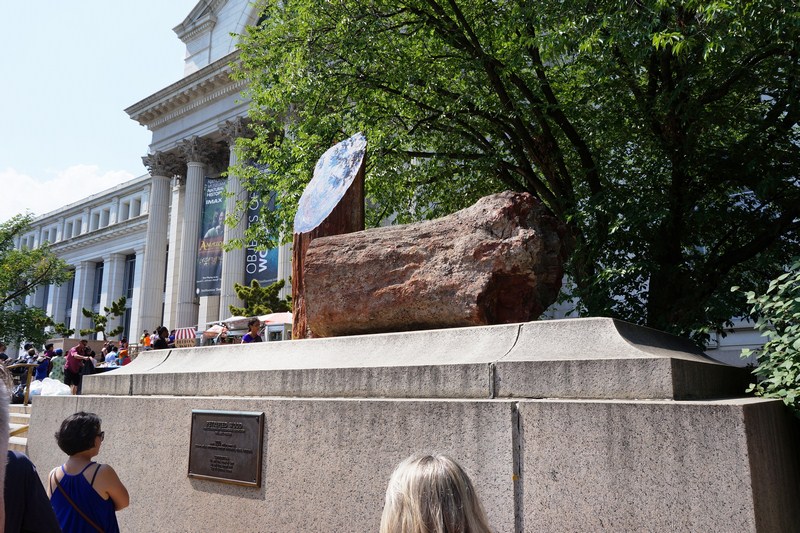



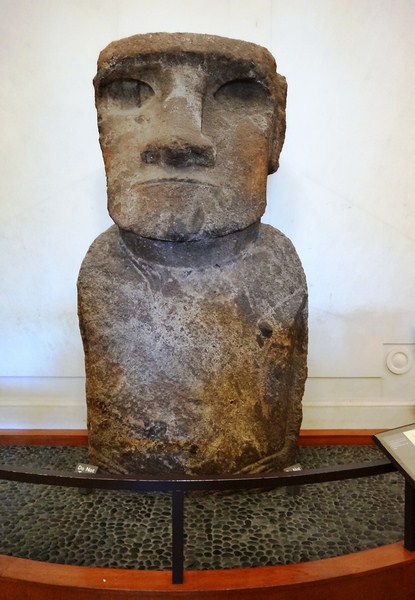
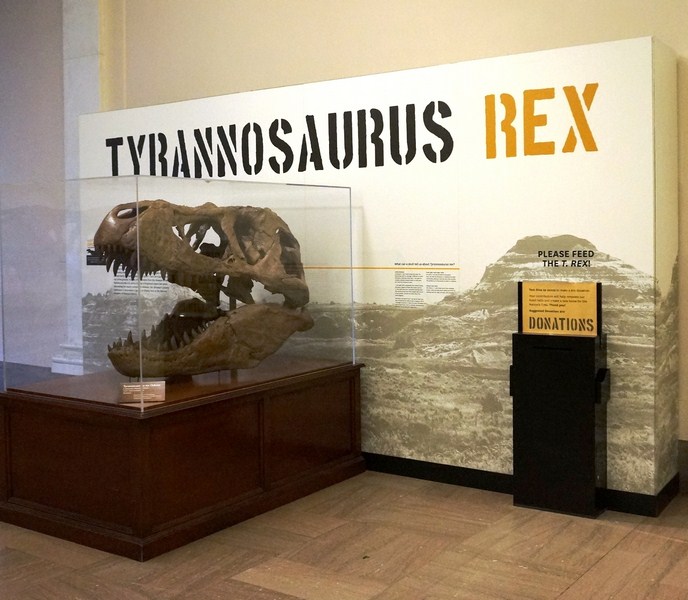

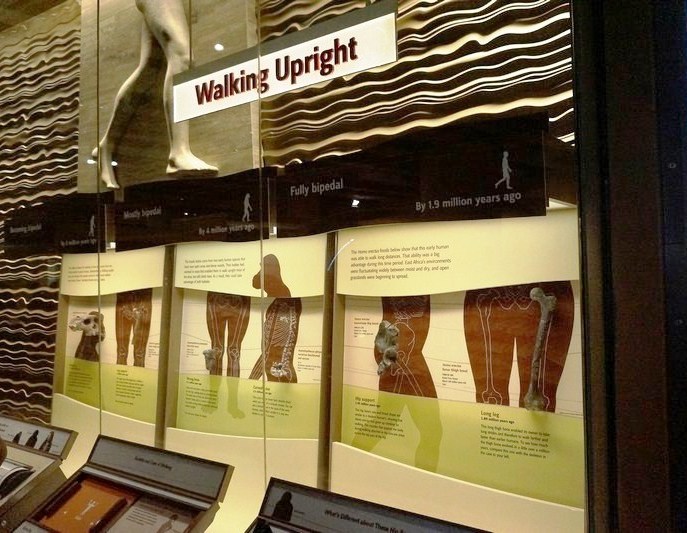
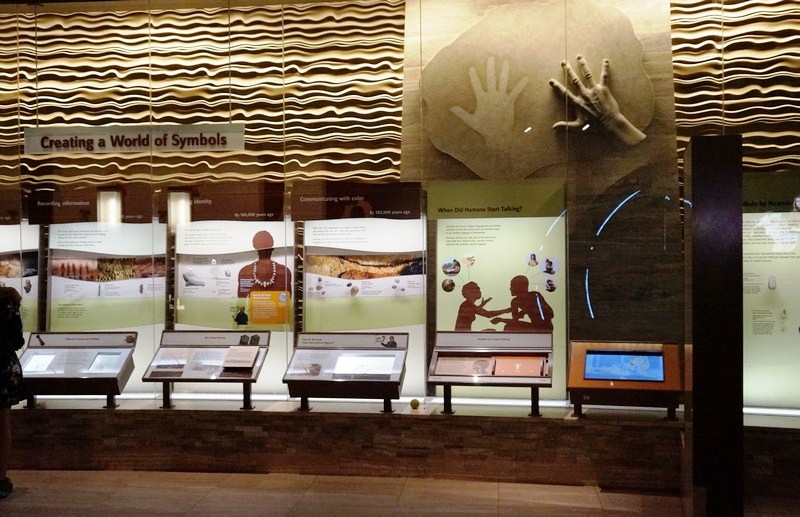


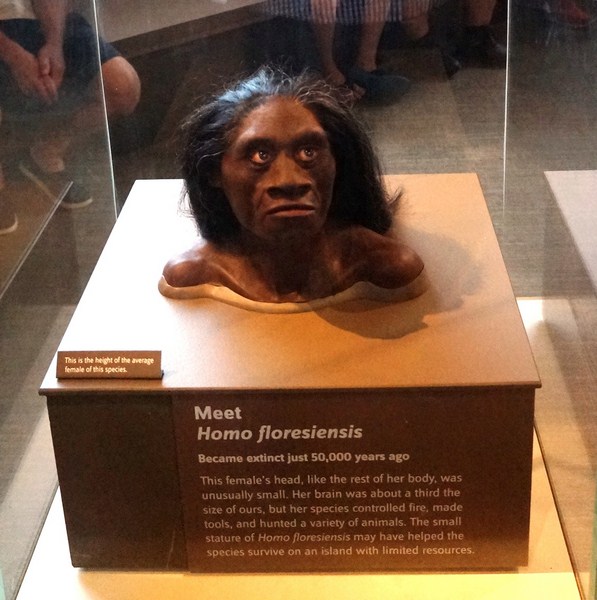



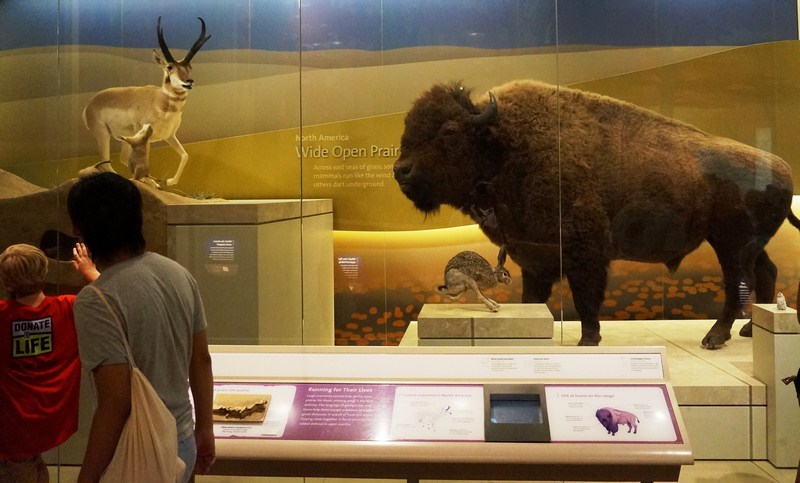
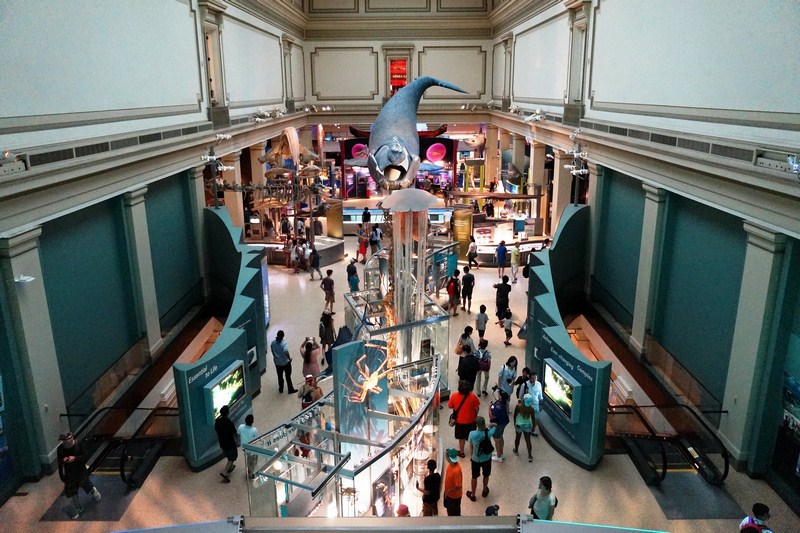
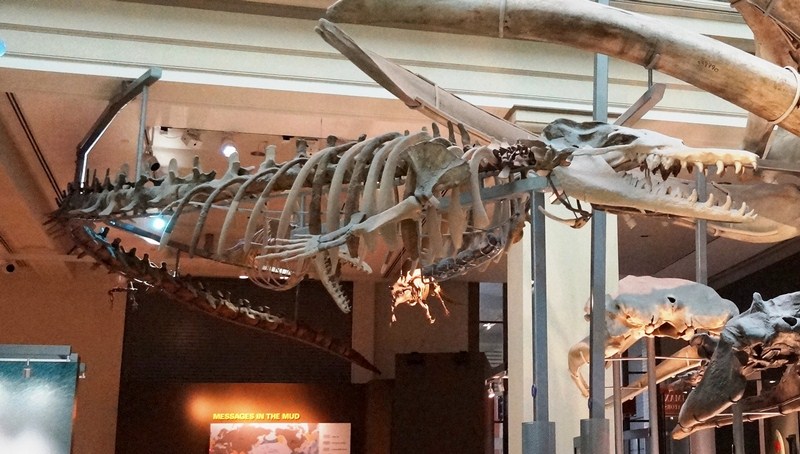
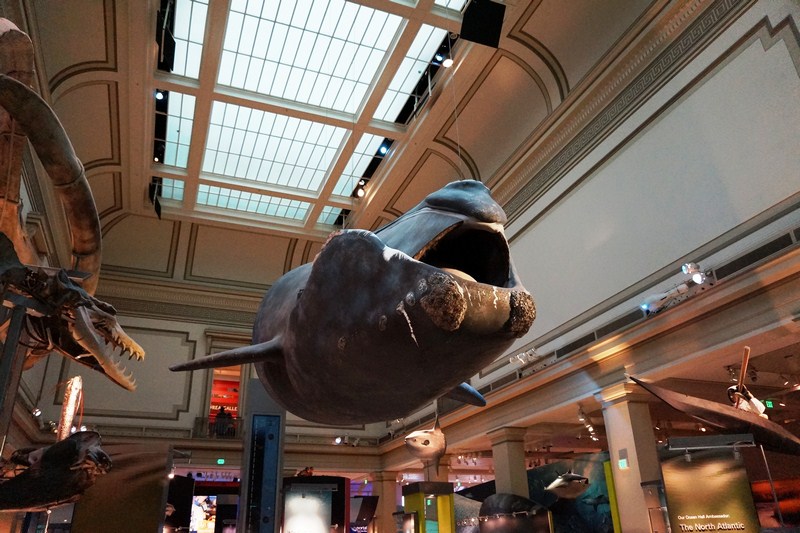
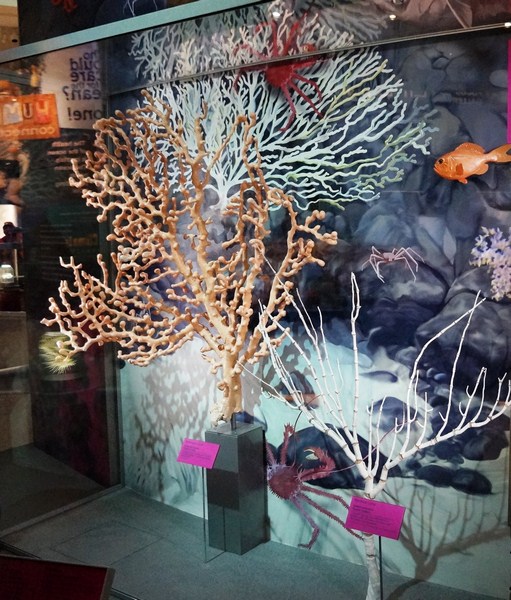






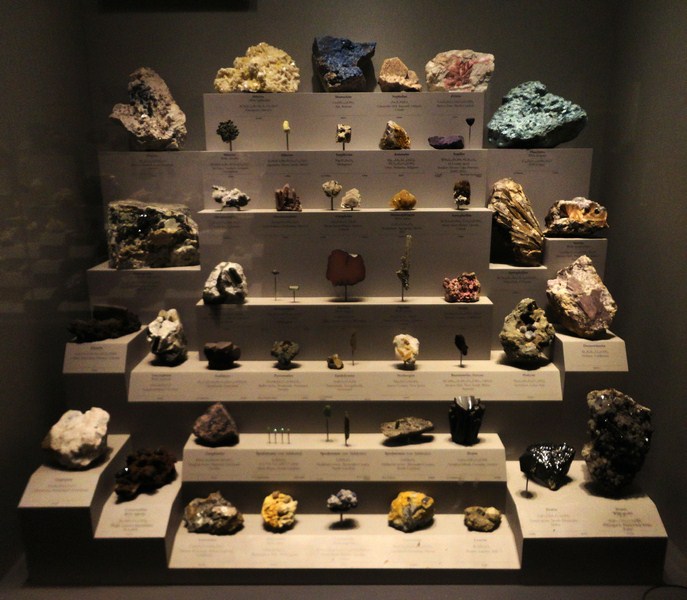


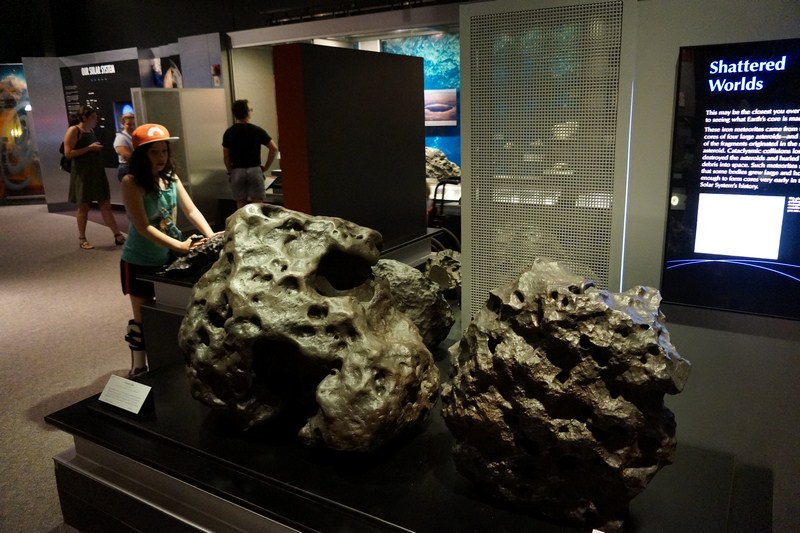
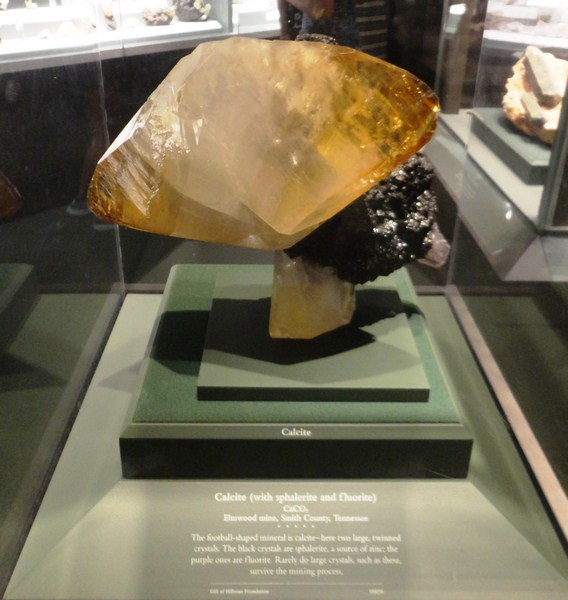



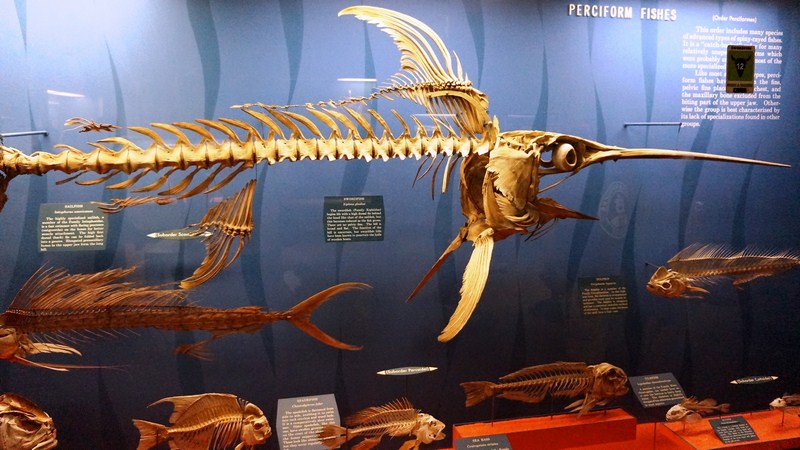

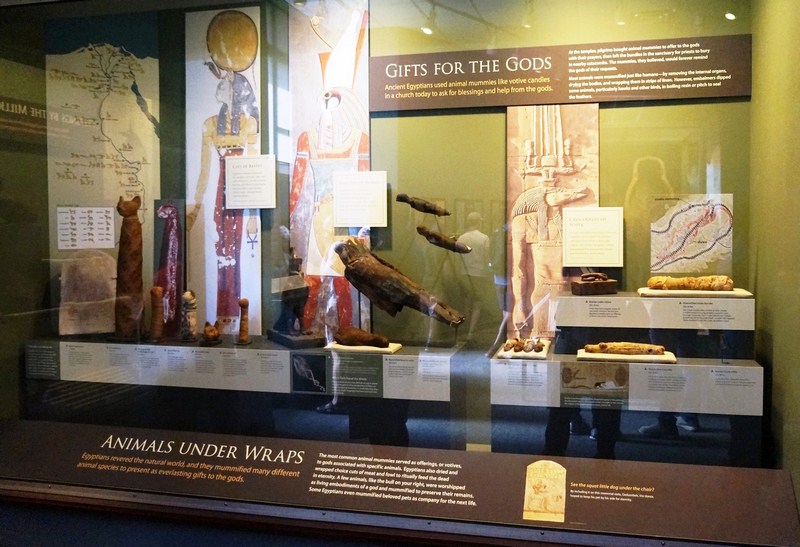

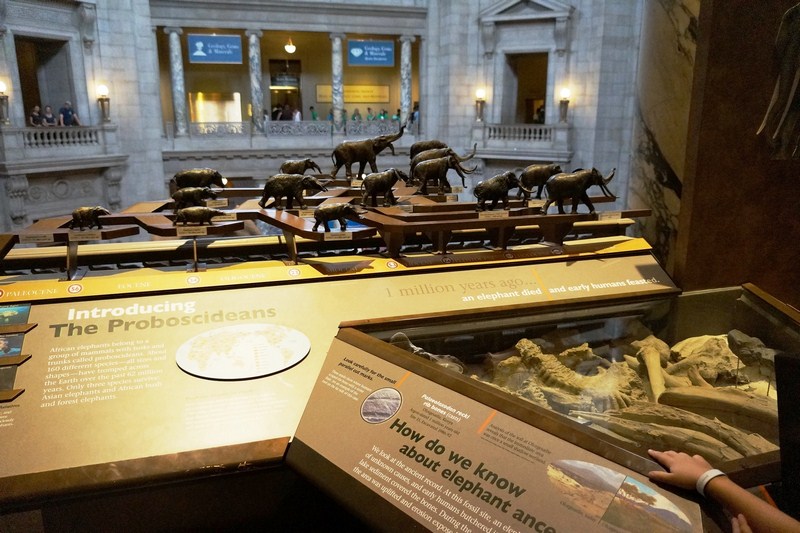
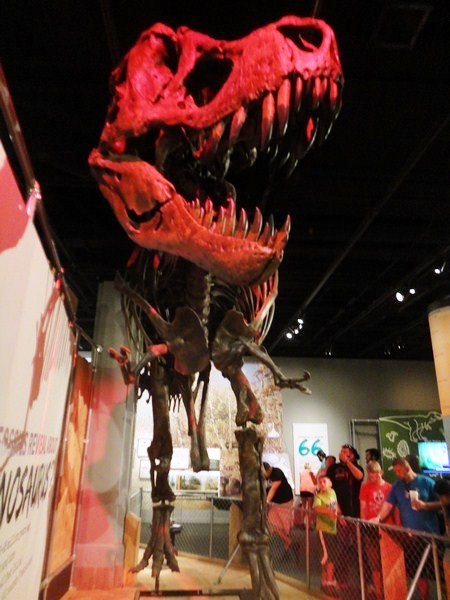
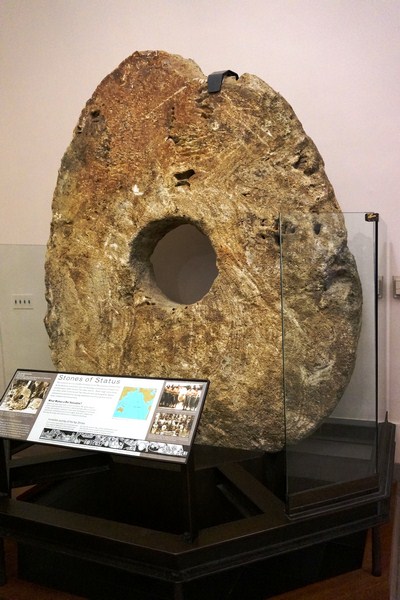
Pingback: Smithsonian National Postal Museum (Washington D.C., USA) – B.L.A.S.T. – Live Life to the Fullest ……… Don't Stay Put
If some one wishes expert view about running a blog afterward i propose him/her to visit this blog,
Keep up the nice work.